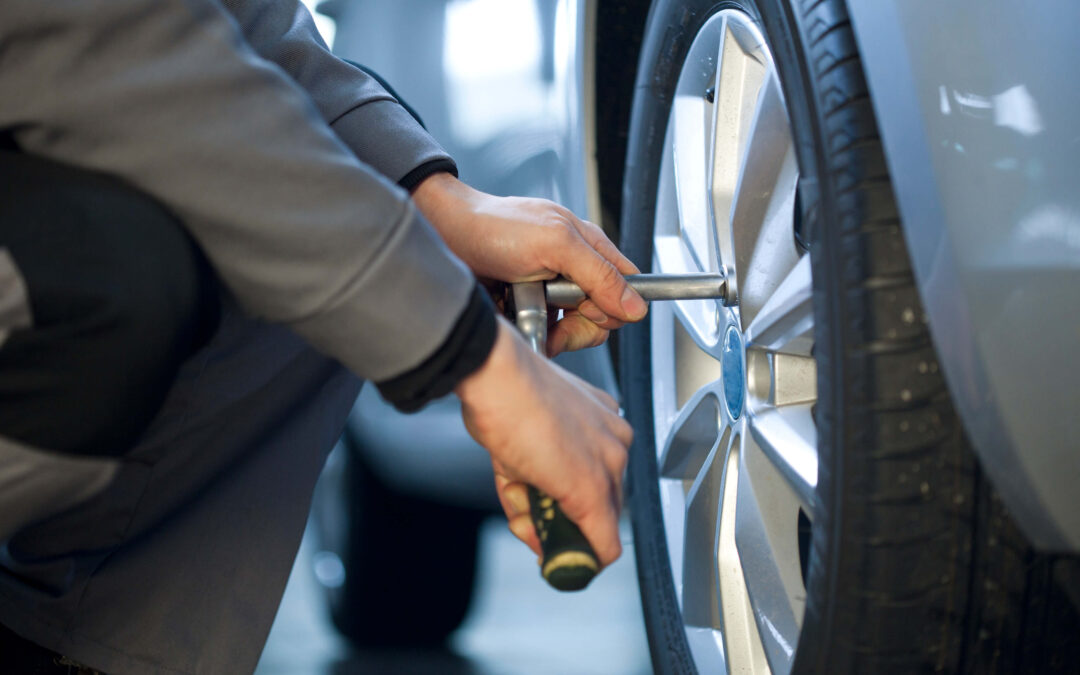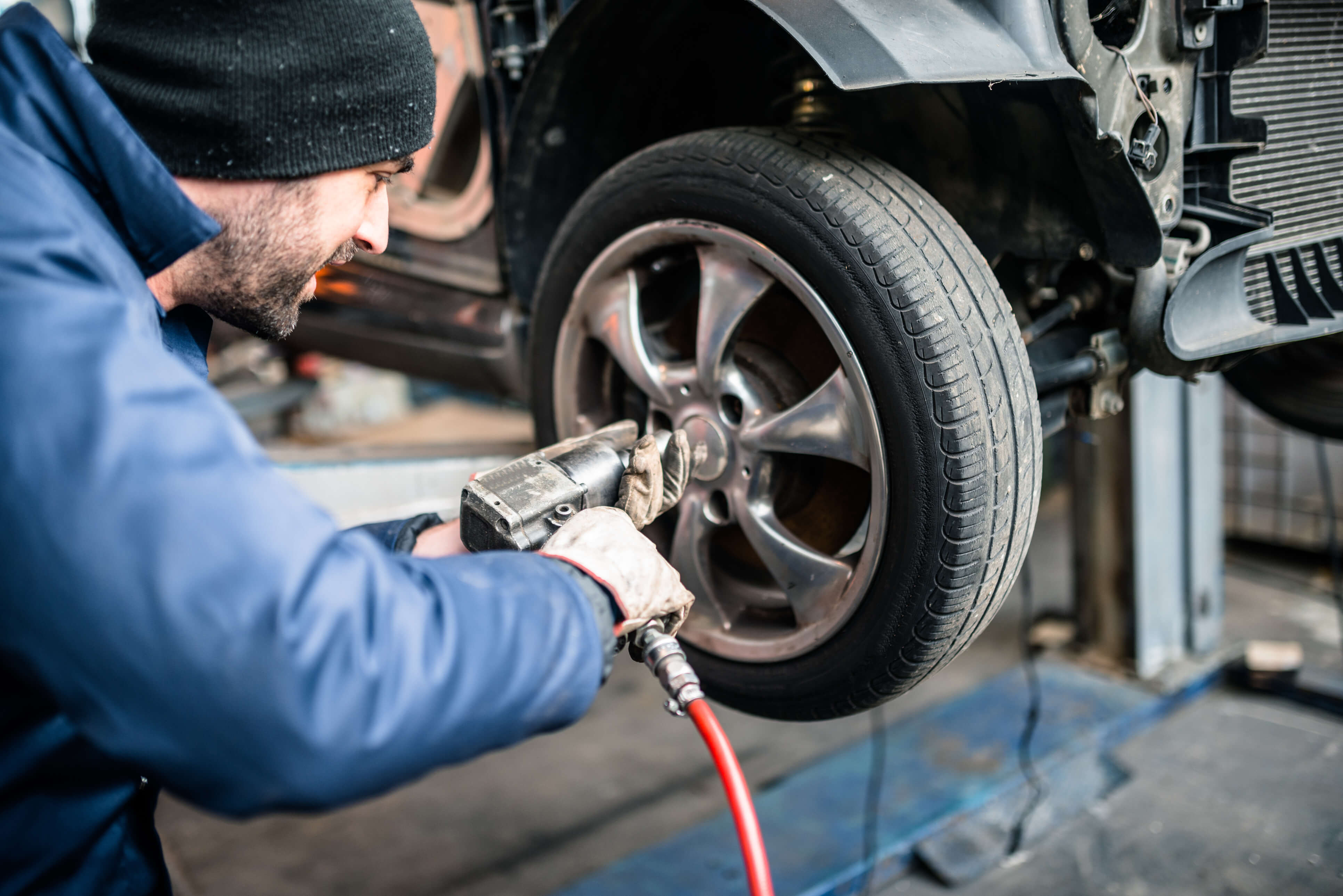Engaging in regular seasonal tire swaps can do a lot to prolong the life of your vehicle, and keep it operating at peak efficiency.
Depending on the driving conditions you are exposed to on a seasonal basis, it can be a good idea to swap your tires in two different ways:
- Seasonal tire swap
- Tire rotation
Seasonal Tire Swap
Living in Canada, you are no doubt accustomed to wild weather swings, and extremely polarized driving conditions.
Going from the relentlessly hot and baking sun in the summer, to snow, ice, and salt in the winter, can wreak havoc on your vehicle without the proper care.
One highly recommended way to preserve the life of your tires, and enhance your vehicle safety at the same time, is to do a seasonal tire swap. Changing to winter tires before the winter season is wise for a couple of different reasons.
The first reason is that your tires will last much longer. By using the proper tires for the appropriate season, both sets will have much better longevity.
Winter tires are designed to thrive in winter driving conditions. The rubber compounds used to make winter tires are different than those used for summer, or all-season tires. The rubber compounds in winter tires actually perform better as it gets colder. The treads have more traction and better grip in lower temperatures.
Conversely, your summer (or all-season) tires do not function well at all in the cold. As temperatures drop off, the rubber compounds in summer tires harden up and begin to relinquish their traction and grip on the road. By the time you hit -15 degrees below, your all-season tires will be pretty much useless when it comes to gripping the pavement.
So, the magic temperature you should be targeting for an ideal time to change to your winter tires is around 7 degrees Celsius. When the days are starting to average a temperature of roughly 7 degrees C, that is good indicator it is time for a tire swap.
Tire Rotation
Aside from changing your tires to adhere to the current season and corresponding weather conditions, it is also a good practice to have your tires rotated consistently. Your tires should be rotated regularly to promote even wear, and to optimize the handling and responsiveness of your vehicle.
Tires that do not wear evenly will need to be replaced much sooner. Once one tire is worn out, you will need to replace the entire set. The tires on the front of your car will wear out at a faster rate than the back tires. This is mainly due to the way turns are experienced, and weight.
When you make a turn, the front wheels actively angle into the corner, while the back wheels just follow along. Also, there is much more weight in the front of your vehicle considering that is where the engine is located on most cars. This means he front tires will wear out sooner if not swapped.
Not only should you keep your tires well balanced through consistent rotation, but you should also make sure your tires are all equally inflated at all times. Uneven tire pressure, can lead to uneven wear and poor alignment.
When the tires on your car are inflated to imbalanced pressure levels, you may find your vehicle pulling to the right or to the left.
Season Change Plus Rotation
The convenient thing about doing seasonal tire changes as well as tire rotation, is that they can be done at the same time. It actually works out perfectly, because it will ensure you are swapping your tires twice a year.
When you have your winter tires put on, you can rotate your tires to ensure they are not in the same position they were in last winter. Same goes for your all-season or summer tires.
This will ensure you getting maximum life out of both sets.
Valvoline Express Care Brampton
If you are looking for an excellent automotive service provider, that can assist you with all your tire swapping needs, Valvoline Express Care Brampton is an excellent choice.
The expert technicians at Valvoline are experienced and qualified to handle whatever type of vehicular maintenance you need done. They can ensure you are using the best tires for vehicle, and help with regular swaps and rotations.
Benefits of Tire Swap
There are numerous advantages to be gained through routine tire swapping, such as:
- Extended tire life
- Better performance
- Even wear
- Better handling and responsiveness
- Better traction
- Improved safety
- Enhanced fuel economy



